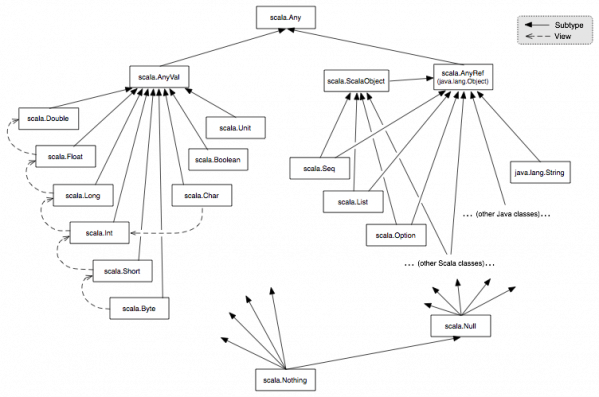No offense intended, but to be curt... you are thinking about it wrong. Because your mind is apparently still stuck on the way Haskell infers types.
Haskell never subsumes (it doesn't even have subtyping at all). With inferred subsumption, then what I wrote is correct.

Union types express a subtyping relationship, but I am unclear as to whether typeclasses (i.e. Rust's traits) do?
If a
trait Bextends anothertrait AandBreuses the implementations ofA, can we assign a trait object that has a boundBto a trait object that has a boundA?Seems the answer based on prior discussion is yes. But that is a subtyping relationship, which means we would need to deal with covariance on type parameters both when they are trait objects and when they are unions. Correct?
Prior discussion: https://github.com/keean/zenscript/issues/6#issuecomment-248711828 https://github.com/keean/zenscript/issues/1#issuecomment-248113585 https://github.com/keean/traitscript/issues/2#issuecomment-248021713 https://github.com/keean/zenscript/issues/1#issuecomment-248754649